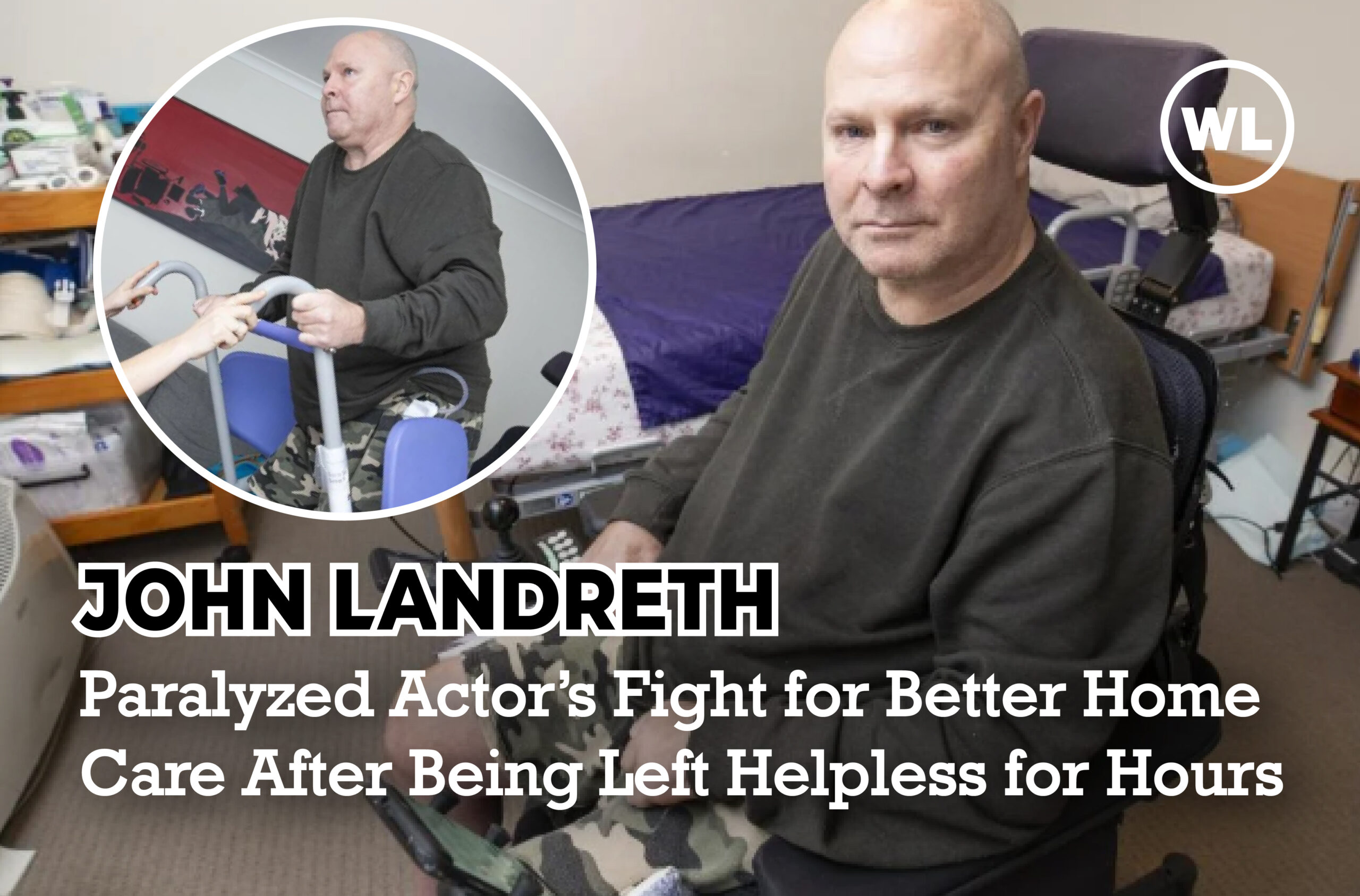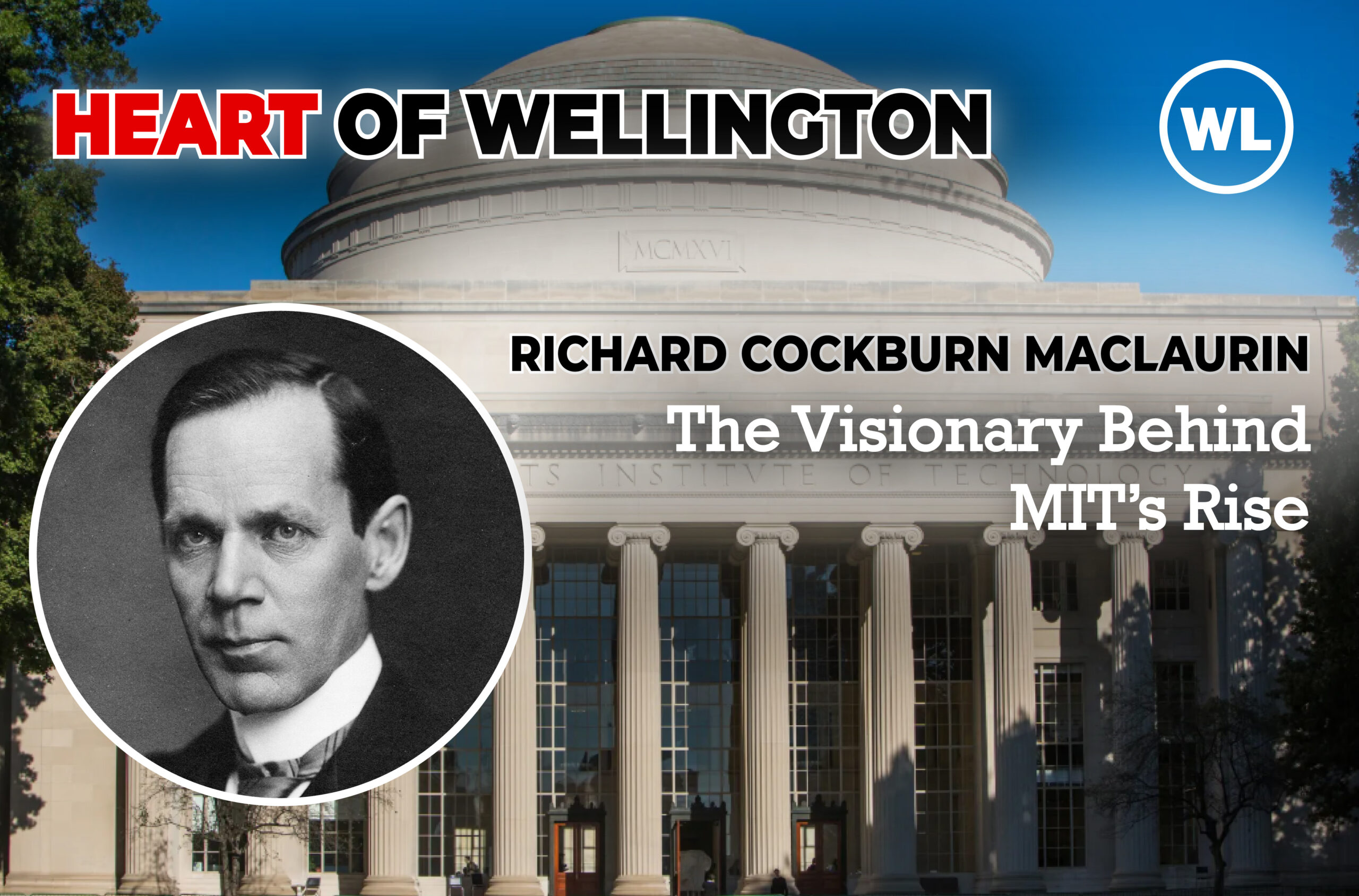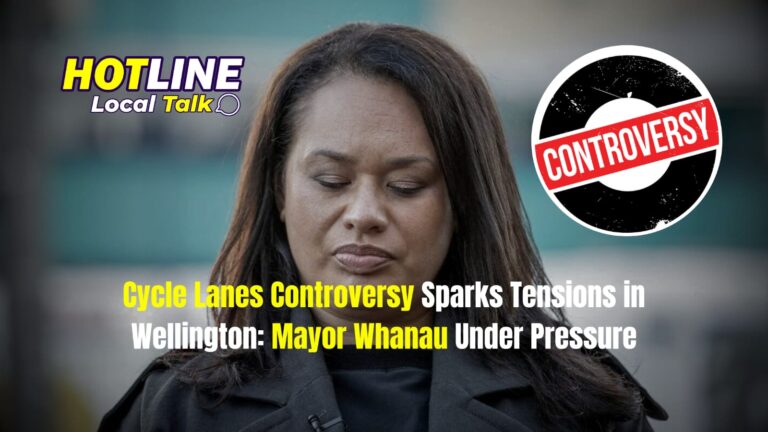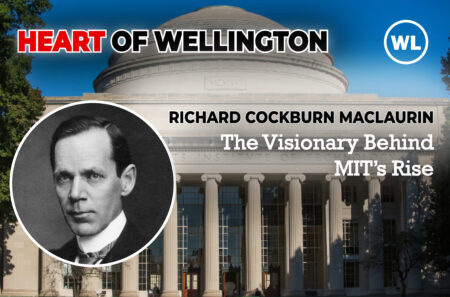Wellington’s long-standing debate over cycle lanes has reached a new peak, with Mayor Tory Whanau facing scrutiny for her recent statements about a potential redesign of the cycleways in Courtenay Place. The mayor’s comments have sparked widespread discussion, with some viewing it as a backtrack from the council’s previous commitment to making Wellington a more cycle-friendly city.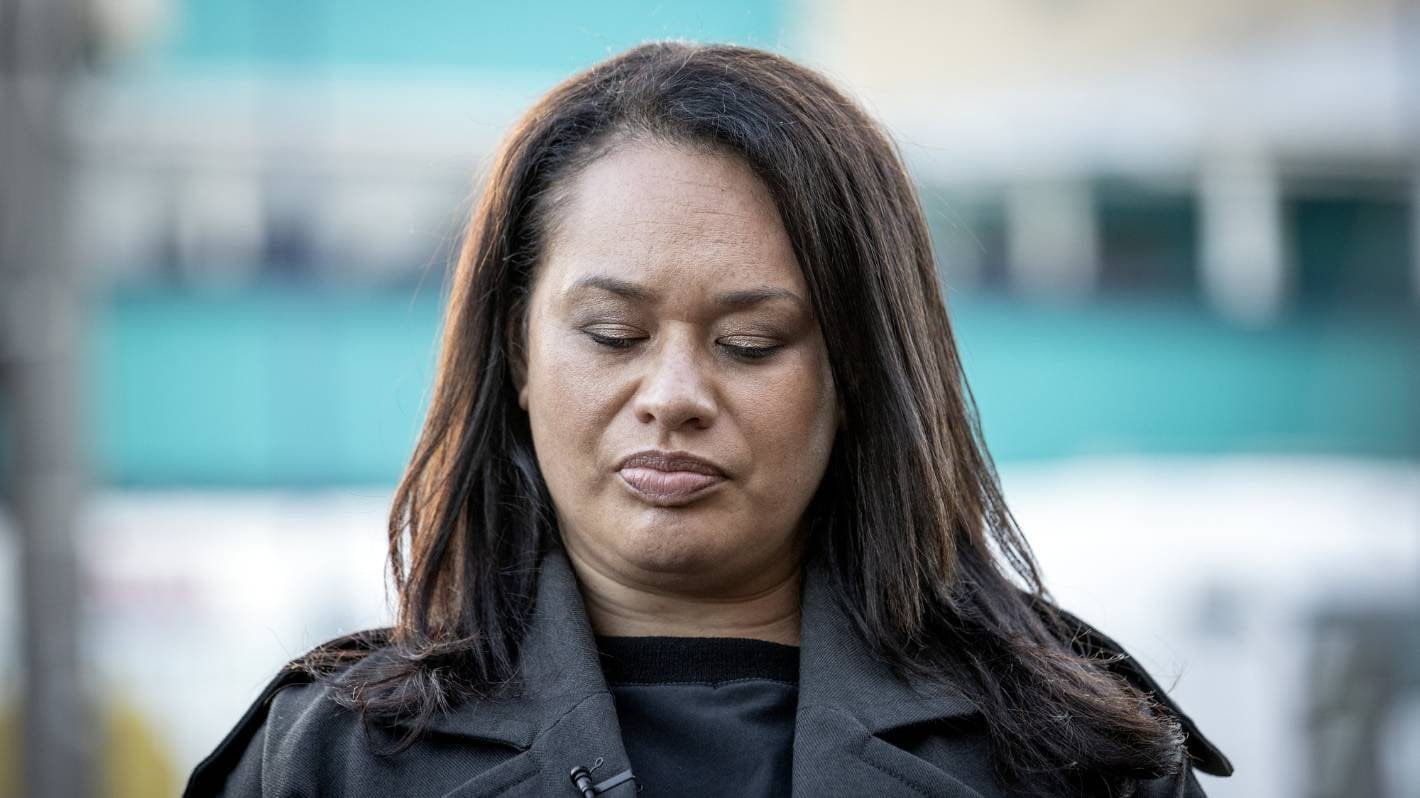
The Current Situation: Redesign on the Horizon?
According to sources, Mayor Whanau hinted at a redesign of the cycle lanes in Courtenay Place, raising concerns among Wellington’s cycling community. The move comes at a time when Patrick Morgan, a major advocate for cycleways, is overseas in Europe, leaving former Stuff reporter Alex Dyer to lead the charge. While Mayor Whanau’s remarks have raised eyebrows, council officers have maintained that the cycleways are here to stay, stating emphatically that they will “never be removed.”
This dissonance between the mayor’s statements and the council’s official stance is contributing to a growing sense of unease within the community. After years of fighting over the cycle lanes, Wellington remains divided. Some residents argue that the lanes have disrupted traffic flow and divided communities, while others believe they are a necessary step toward a more sustainable, cyclist-friendly city.
A Mayor in Crisis
The controversy surrounding Courtenay Place’s cycle lanes comes at a challenging time for Mayor Whanau, who is reportedly one of New Zealand’s least liked politicians. Faced with growing discontent, she appears to be walking a tightrope between her political survival and the city’s needs. Critics argue that her recent comments are an attempt to shift her stance in response to public pressure. However, this has come at a cost to her relationships with key allies, including the Green Party, which has previously supported her initiatives.
The mayor’s decision to propose changes to the cycleways in Courtenay Place echoes her earlier controversial moves, including the attempted sale of Wellington Airport and Reading Cinemas, which alienated many of her supporters. As Whanau grapples with scandals and staff departures, including the recent exit of Pearl Little, her position seems increasingly precarious.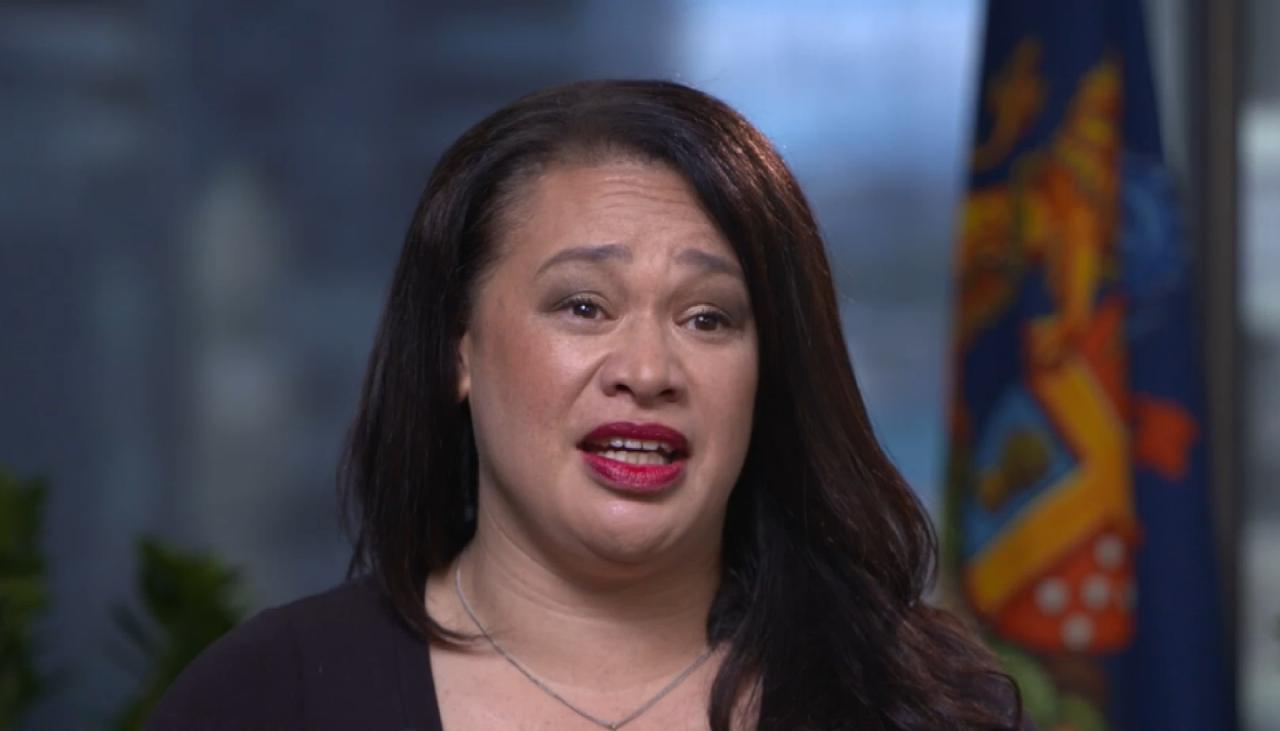
The Pros and Cons of Cycle Lanes
Despite the political turmoil, it is essential to recognize the value of properly designed cycle lanes in a modern city like Wellington. When implemented effectively, cycleways can reduce traffic congestion, lower carbon emissions, and provide a safer commuting option for cyclists. However, poorly planned infrastructure can have the opposite effect, frustrating motorists, cyclists, and pedestrians alike.
It’s crucial that any redesign of the Courtenay Place cycle lanes takes these factors into account. Wellington’s layout and public transportation system must work together seamlessly to accommodate all residents. The idea isn’t to remove the lanes but to ensure they are designed in a way that benefits everyone.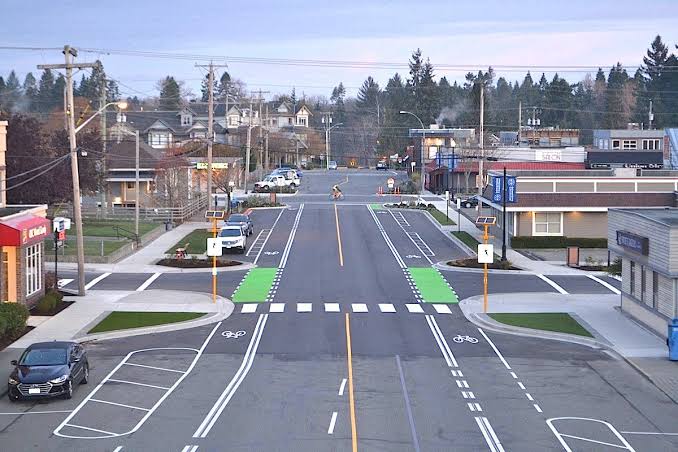
Conclusion: What’s Next for Wellington?
As Mayor Whanau faces increasing pressure, the future of Wellington’s cycleways hangs in the balance. While the mayor has hinted at a redesign, the council insists that the cycleways will remain, creating confusion and uncertainty. In the coming months, the city will have to grapple with these issues and find a way to move forward that addresses the concerns of all its residents.


